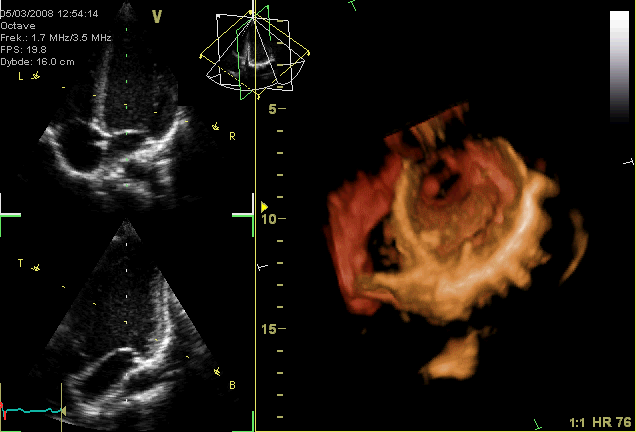Adding cardiac resynchronization therapy could increase quality of life
Adding cardiac resynchronization therapy could increase quality of life

A new study by Stanford researchers indicates adding cardiac resynchronization therapy to an implanted cardioverter-defibrillator (CRT-D) for patients with mild heart failure could increase the quality of life and may be cost-effective.
The study in the Aug. 25 issue of Annals of Internal Medicine finds that for patients with left ventricular systolic dysfunction, and a prolonged QRS duration, such devices would cost $61 700 per QALY gained. This result depends on a mortality reduction from CRT-D and is thus most applicable to patients with NYHA class II symptoms who have a QRS duration of 150 milliseconds or greater, or left bunle branch block.
The authors of the paper, “Cost-Effectiveness of Adding Cardiac Resynchronization Therapy to an Implantable Cardioverter-Defibrillator Among Patients With Mild Heart Failure,” include Stanford cardiologist Christopher Y. Woo and Center for Health Policy/Center for Primary Care and Outcomes Research’s Jeremy Goldhaber-Fiebert, an assistant professor of medicine, and Douglas K. Owens, a professor a medicine and director of the two Stanford health policy centers.
The full paper can be found on the AIM website.

